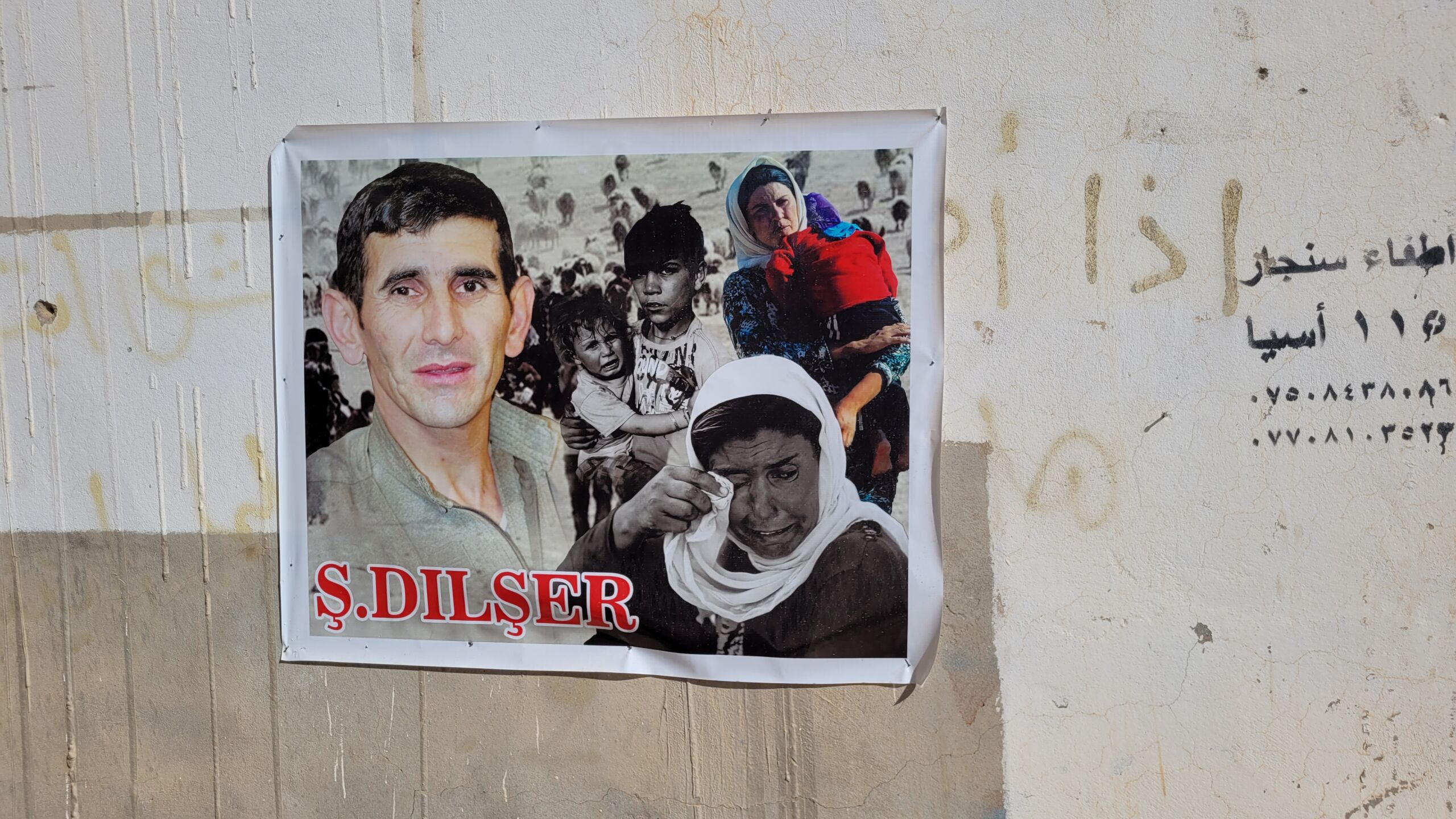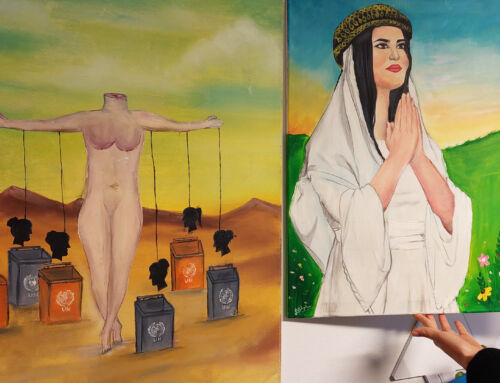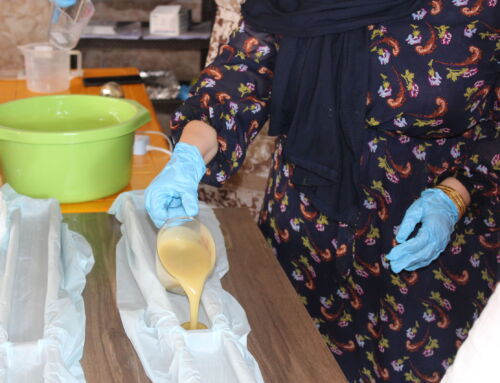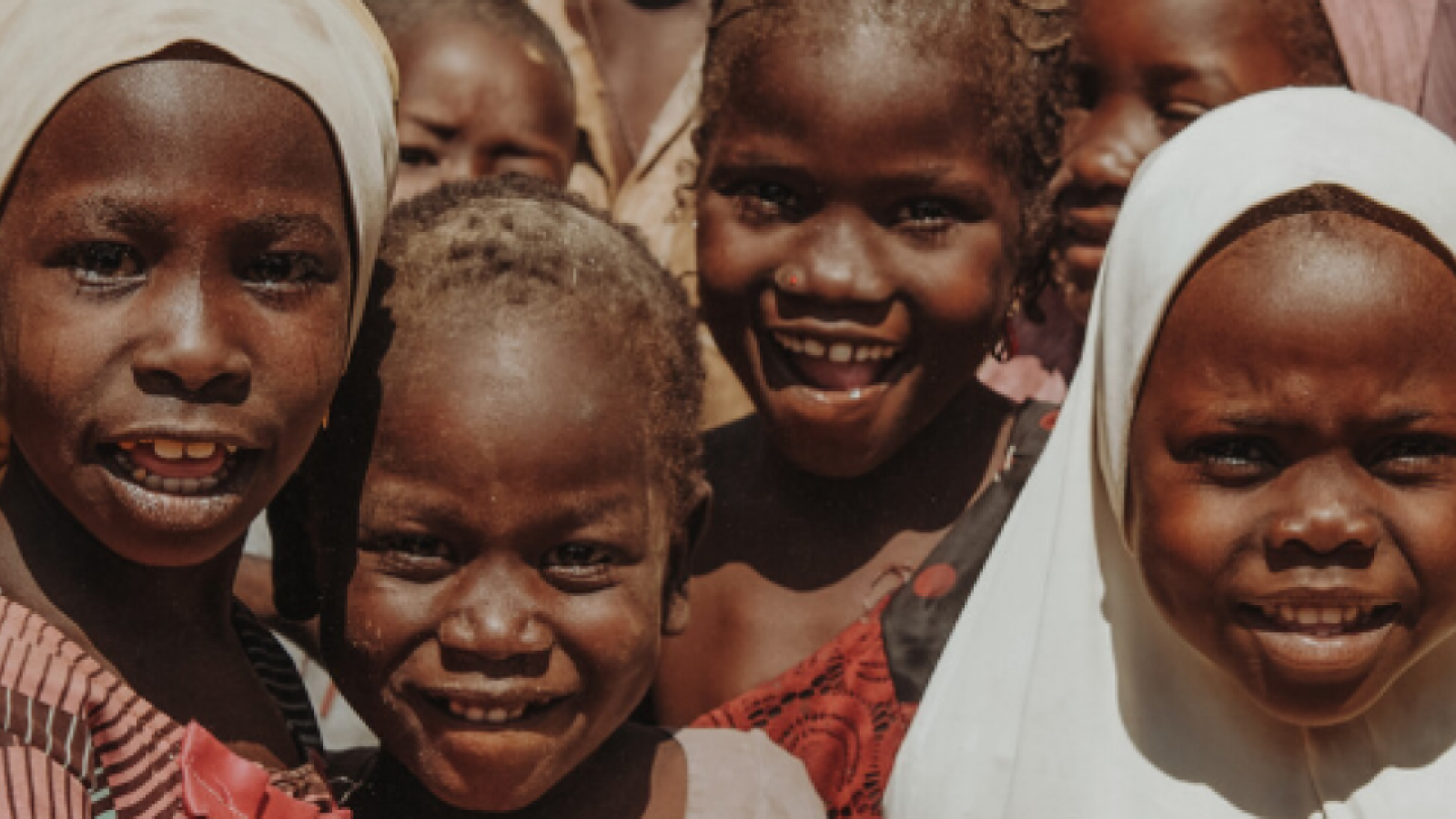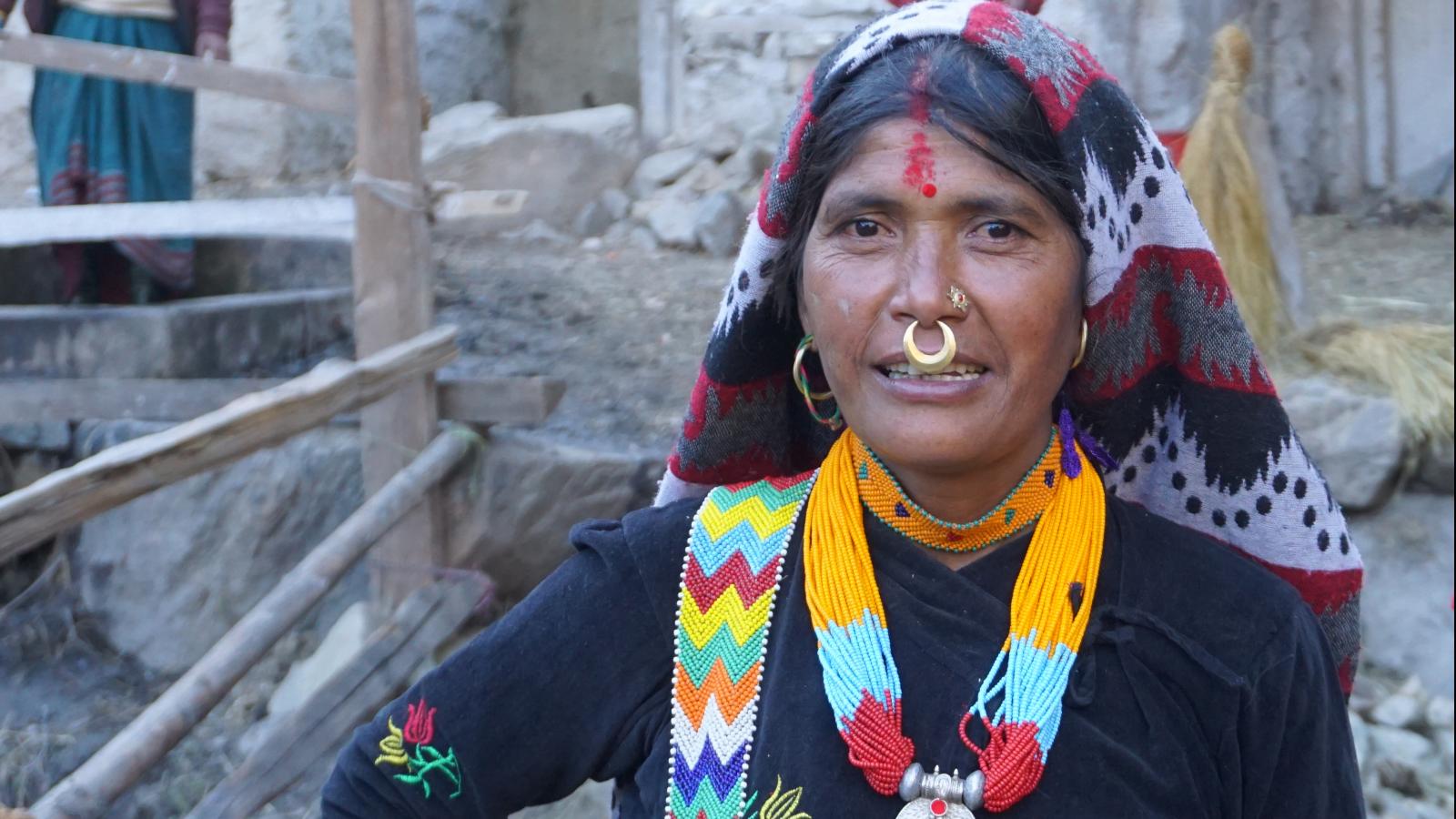How does a traumatised girl or woman cope after years in captivity with the terrorist movement IS? Mental health care at the Mission East community centre in Sinjar eases women’s pain and boosts their confidence. We have spoken to three key staff members at the centre.
Imagine you have been imprisoned and subjected to torture and sexual violence for years. Finally, you managed to escape and now you have returned to your home region. You search your house, scouting for the people you knew from before. But nothing is the same.
In addition to your inner chaos, your city is also in chaos. This is the case for Yazidi survivors of the IS massacre in Iraq on 3 August 2014.
An oasis in the desert
Mission East’s community centre in the Yazidi capital of Sinjar is an oasis in the middle of a desert. Every day, between 25 and 30 girls and women come to the centre for psychological support through social activities and individual counselling with a psychologist. Just as many children turn up every day to learn different school subjects, play games, and take part in sports. The centre is also open to young men, although many of them won’t admit that they need help too.
– But we don’t wait for people to come to us,” says Vajeen Tayeb, a sociology graduate and head of Mission East’s protection programme in Iraq.
– We also reach out to the community through teams, she explains. “Forty-five young volunteers are divided into six teams and sent out to six areas in and around Sinjar, going from house to house educating people on women’s rights, mental health, and psychosocial support.
The activities are based on requests from the local community. Mission East conducts focus group discussions and runs the courses they choose, including sewing, candy-making, and yoga.
Boosting women’s self-confidence
Psychosocial support may sound a bit diffuse, but it’s not to Suzan Saeed, team leader of the staff who leads group discussions and activities to help the women get back to normal life.

